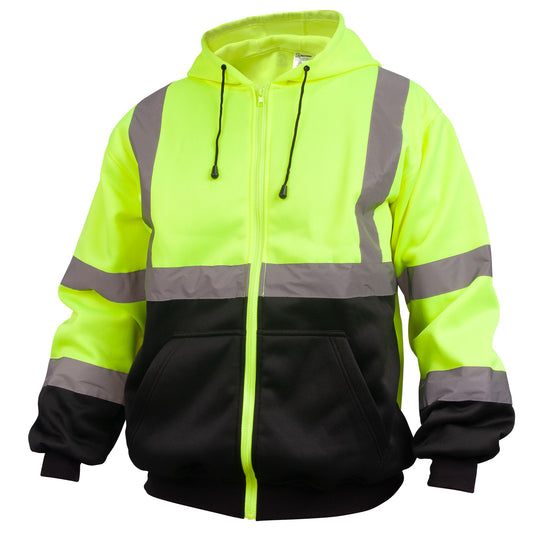It’s just bound to happen.
At some point in the course of your welding practice, whether you’re a seasoned professional welder or a home-based project welder, you’re going to encounter wet conditions on a job site or during a project.
As welding safety issues go, properly handling moisture and wet conditions is beyond important because most welding machines (everything but oxyacetylene gas welders) are driven by electricity – and electricity kills! BAM! – one good strong jolt, your heart stops, and that’s all she wrote. And as everyone knows (or should know): water and electricity don’t mix. So the importance of avoiding water or moisture of any kind while you’re welding cannot be stressed enough.
But, as I referenced at the outset of this post, what happens when you encounter moisture from a host of potential sources, or when you’re faced with inclement weather (rain, thunder storms and the like) while welding in the field?
The following is a list of important tips to help keep you safe and alive when you’re welding in wet conditions.
Sweat from Perspiration
Welding is heat intensive hard work – in a word, it’s hot. And combine that with working outside in summer heat or an overheated welding shop, and you’re going to sweat – there’s just no two ways about it.
Perspiration can adversely affect you in a number of ways:
Gloves
One of the biggest sweat related problems is the perspiration that accumulates in your gloves as you’re welding. Keep in mind, an arc welding electrode is always live, i.e. charged with an active electrical current. If your gloves become saturated with sweat and you touch the electrode you’ve been welding with – WATCH OUT! You’re going to receive a serious jolt.
“If you’re working with damp gloves you’ll likely feel tingling due to your body becoming part of the electrical path.” — Welding Questions “101” from www.arc-welding-and-beyond.com
Clothing
Just as with your gloves, your clothing can become saturated with perspiration, and if a part of your body sheathed in sweat soaked clothing comes into contact with a live electrode – WHAM-O! You’ll be hit with the same size jolt as you would if you were to touch a live electrode with your sweaty gloves.
Boots
You should always be wearing proper welding boots (for a myriad of important safety reasons beyond moisture related issues) because welding boots have rubber soles, which act as a ground. Being grounded helps minimize the adverse effects of electricity, should you happen to receive a jolt while you’re welding.
If, however, your boots are wet (due to perspiration or because it’s raining and you walked through a puddle) the ground effect of your rubber soled welding boots are negated, because moisture conducts electricity, essentially amplifying the electricity traveling through your body.
In short, always be sure that your gloves, clothing and boots stay dry! If any of the articles of clothing you’re wearing should happen to become wet (for whatever reason) – stop welding – and don’t begin again until you’re completely dry.
Rain and Other Inclement Weather
Inclement weather, including thunderstorms and tornado, present a host of issues that can wreak havoc with outdoor or construction site welding projects.
To begin with, basic common sense dictates you shouldn’t be outside in a thunderstorm – if you think the electrical charge from a welding machine packs a whalup, you better hold on to your shorts because a bolt of lightning will literally blow you away.
Additionally, the wind accompanying most storms (thunder or otherwise) can blow away your shield gas, making your welding arc unstable and compromising the integrity of your weld.
Tornados are the same story as thunderstorms – you should be underground, not on a job site, that is unless you want to end up like Dorothy in the Wizard of Oz (just pray Aunt Em’s house doesn’t end up on you). And just as with more generic storms, the wind and other weather related elements symptomatic of a Tornado can blow away your shielding gas and create a host of problems with your welding process.
Getting down to the stated issue at hand, welding in the rain is a big no-no. There are really no circumstances which make welding outdoors or in an open air setting while it’s raining acceptable. Operating a welding machine in the rain is a surefire recipe for death by electrocution.
If you’re in the middle of a welding project when rain hits, immediately discontinue your project, turn off all welding equipment and do your best to get the machine out of the rain or at least covered by a tarp (or whatever you can come up with). Furthermore, do not resume work until the storm has completely broken, and you’re certain all welding equipment is dry.
Check out these forum posts for stories and examples of the dangers of welding in wet conditions:
- From the TractorByNet forum: “Arc welding shock hazards in wet weather“


